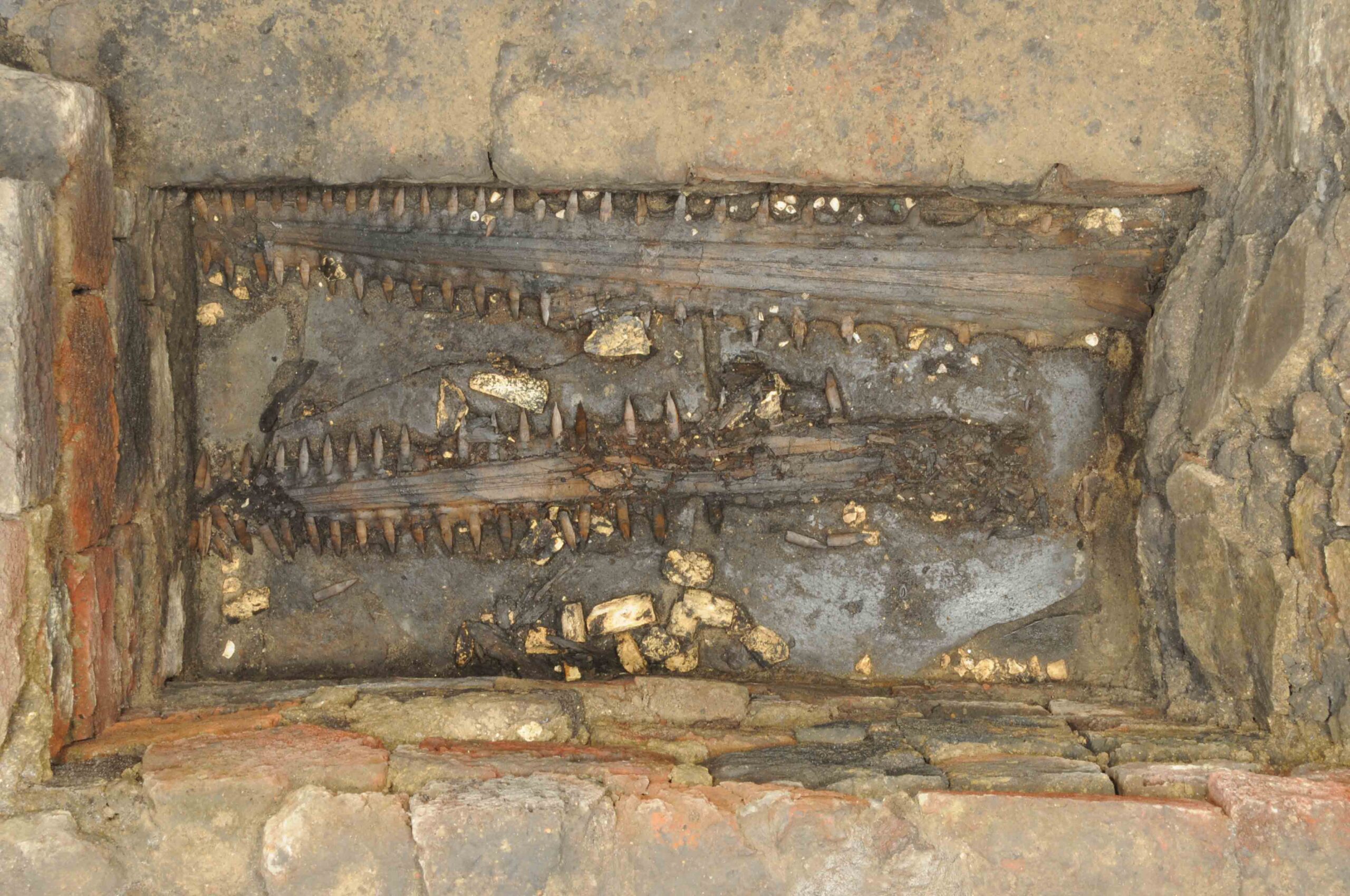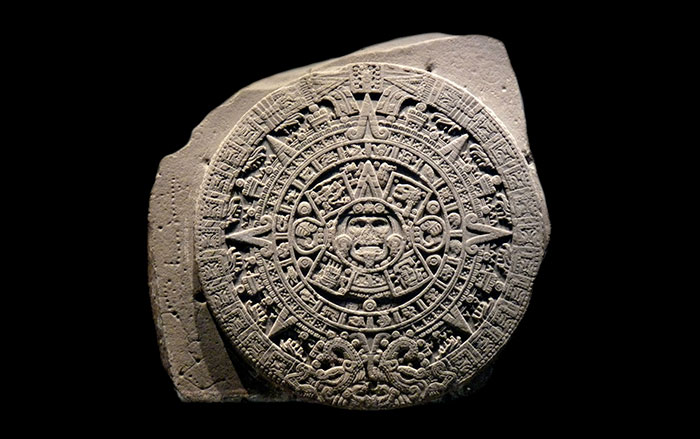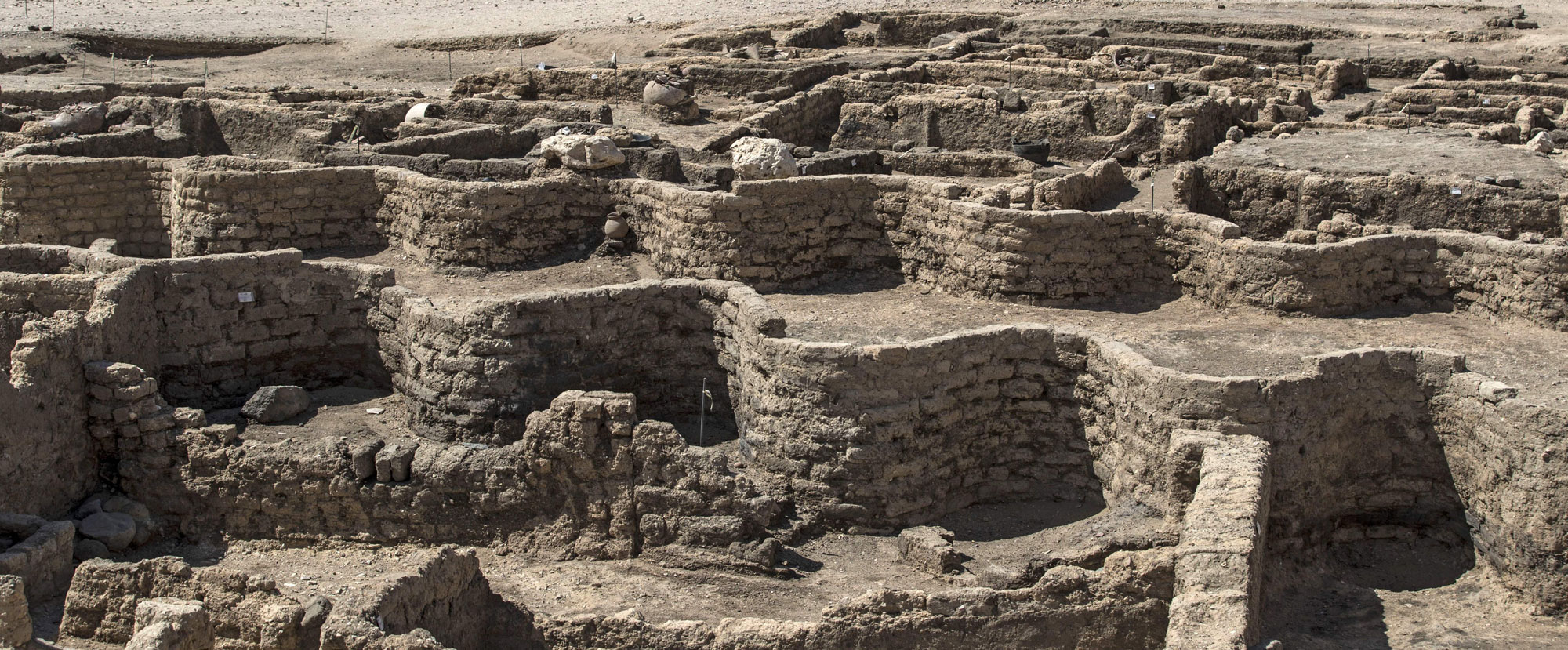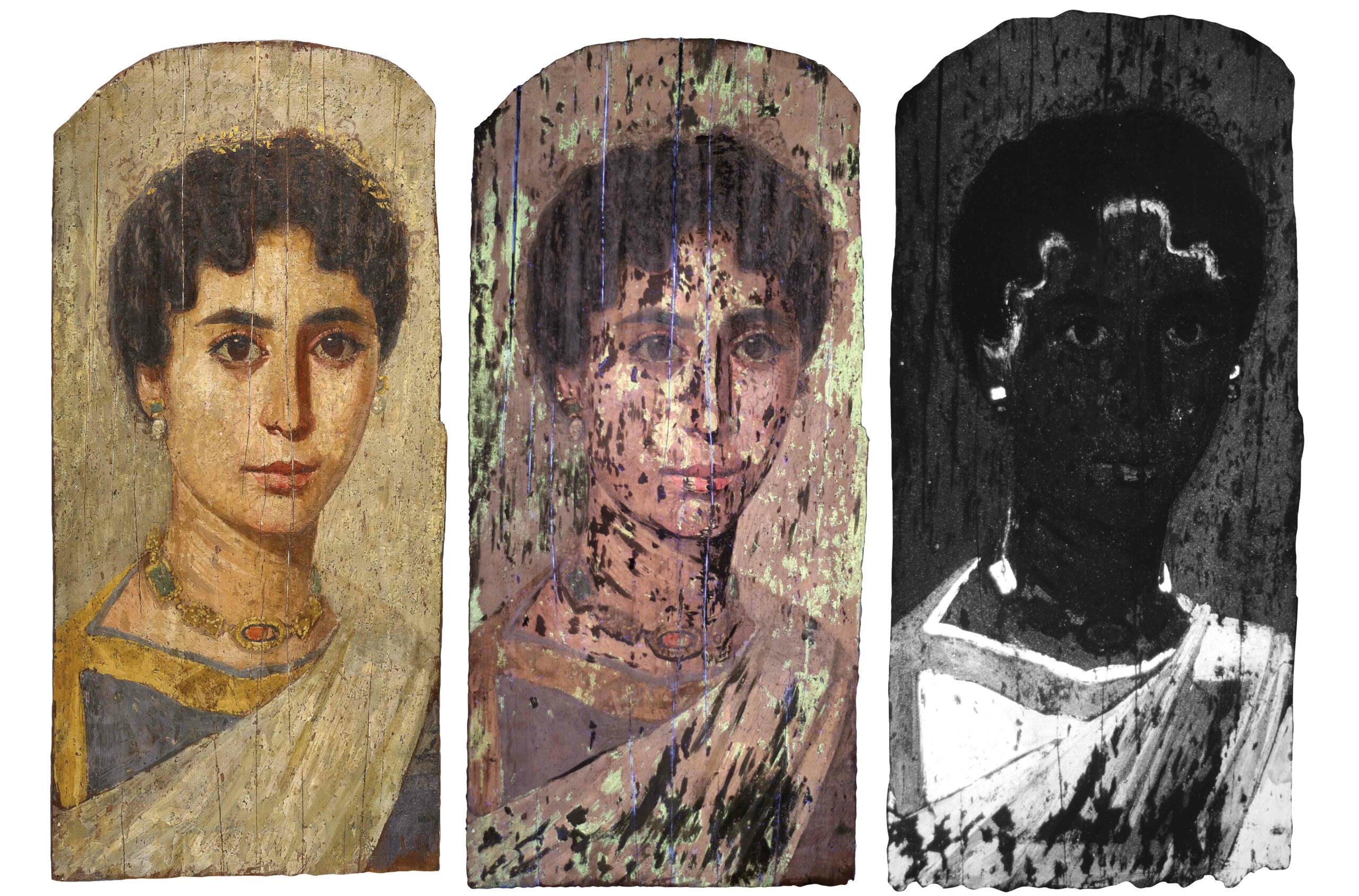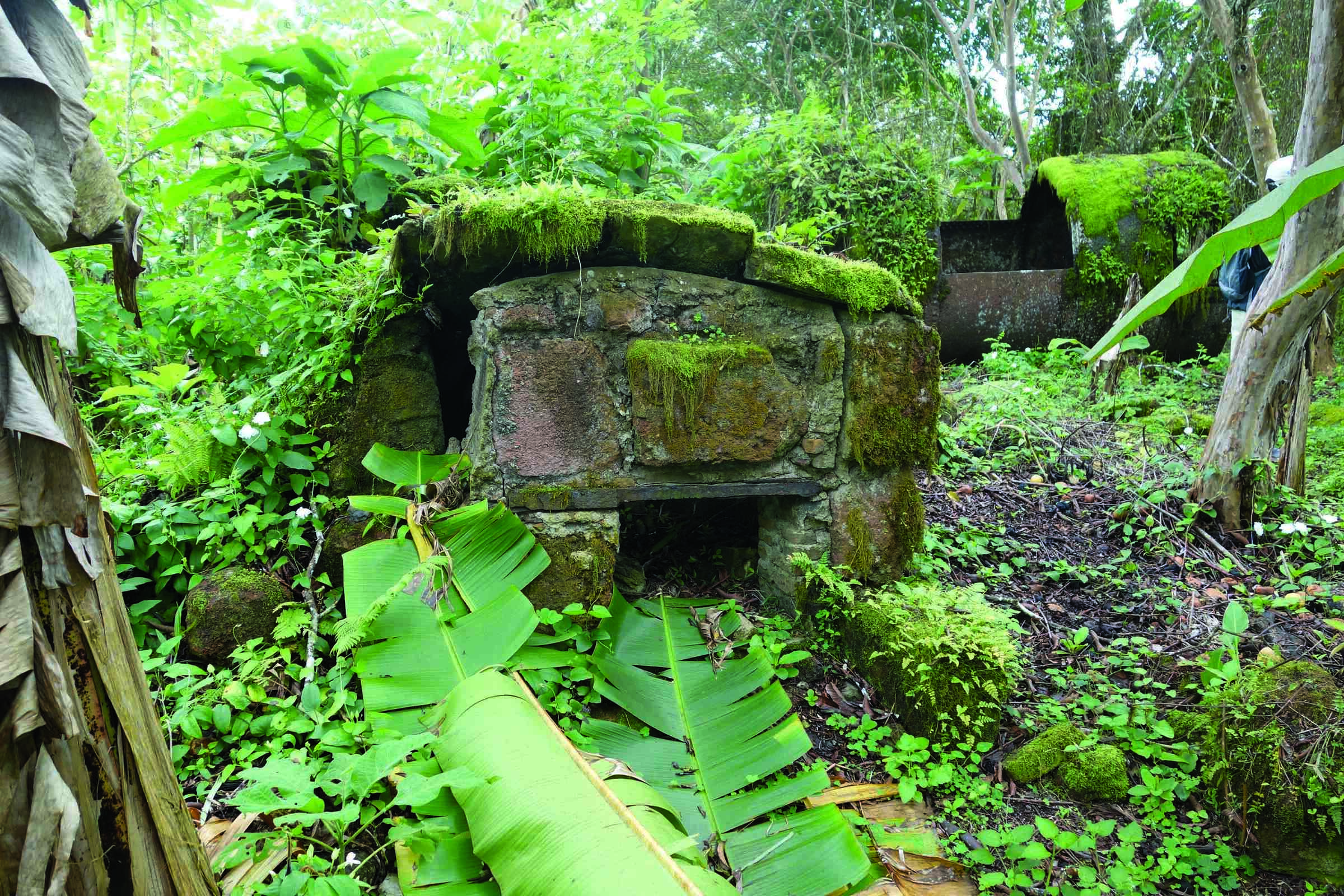
MEXICO CITY, MEXICO—According to an Ars Technica report, researchers from Mexico’s National Institute of Anthropology and History (INAH) discovered a 700-year-old offering to the war god Huitzilopochtli at the Templo Mayor, which was located in the Aztec capital of Tenochtitlán. The offering was made during the expansion of the temple undertaken by the ruler Ahuizotl, who took the throne in 1486 and doubled the size of the Aztec empire. The offering included 164 Nidorella armata, a creature also known as the chocolate chip starfish for its light color and dark spots. The species lives in shallow waters along the Pacific coastline from Mexico to Peru, beginning about 180 miles away at the eastern end of what was once Ahuizotl’s empire. Chunks of coral in the offering traveled to the capital from the western end of the Gulf of Mexico, at the opposite end of the empire under Ahuizotl’s expansion. Marine shells, puffer fish, and a resin figurine of a female jaguar holding an atlatl were also found in the deposit. To read about another cache of offerings recovered in the Templo Mayor, go to "Oysters for the Earth Goddess."




